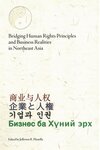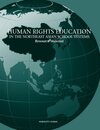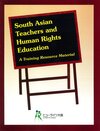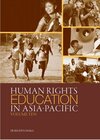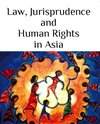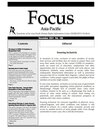The Constitutional Court of Korea declared on 29 August 2024 that Article 8(1) of the Framework Act on Carbon Neutrality and Green Growth for Coping with the Climate Crisis (hereinafter referred to as the "Carbon Neutrality Framework Act") unconstitutional. The said Article reads: The Government shall set a national medium - and long-term greenhouse gas emission reduction target (hereinafter referred to as "mid-to long-term reduction target") to reduce national greenhouse gas emissions by a ratio prescribed by Presidential Decree to the extent of not less than 35 percent from the 2018 levels by 2030.
The Constitutional Court ruled that 'Article 8(1) of the Framework Act on Carbon Neutrality and Green Growth, which only sets a percentage reduction target for 2030 and does not provide any form of quantitative standard for the reduction targets from 2031 to 2049, violates the obligation to protect fundamental rights in violation of the principles of subsidiarity and reservation of law, as it cannot effectively ensure a gradual and continuous reduction until the carbon neutrality target of 2050, and regulates the reduction targets in a way that shifts an undue burden to the future'. The court ruled that the law should be amended by 28 February 2026, which is the deadline for the amendment.
It also emphasised that 'legislators have more specific legislative duties and responsibilities for medium- and long-term greenhouse gas reduction plans, given that future generations will be more exposed to the effects of the climate crisis and are currently restricted from participating in the democratic political process.
Source: The National Human Rights Commission of Korea, 20 September 2024
https://www.humanrights.go.kr/eng/board/read?boardManagementNo=7003&boardNo=7610565&searchCategory=&page=1&searchType=&searchWord=&menuLevel=2&menuNo=114

